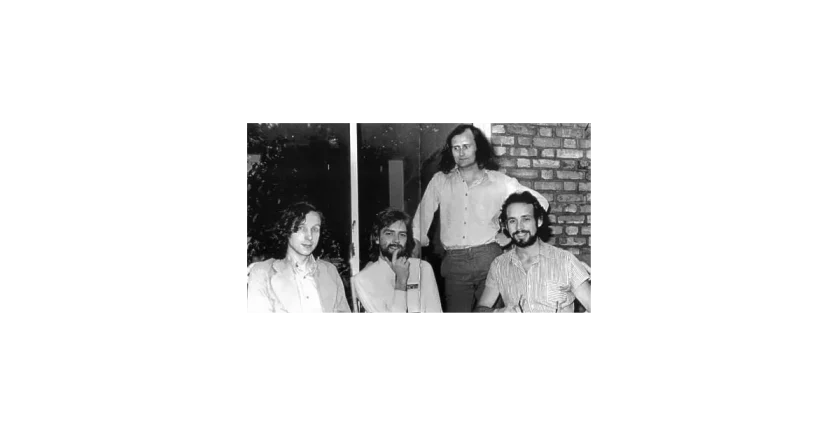Quiet Sun: The Brief Flame of Jazz-Rock Genius
Formation and Background
Quiet Sun was a British progressive rock band formed in 1970 in London, originally as a short-lived project by musicians who would later become pillars of the Canterbury Scene and art-rock movements. The band included:
Phil Manzanera – Guitar (later of Roxy Music)
Charles Hayward – Drums (later of This Heat)
Dave Jarrett – Keyboards
Bill MacCormick – Bass (later of Matching Mole and 801)
Although Quiet Sun existed for only a brief period in the early 1970s, they left behind one of the most fascinating cult albums of the progressive rock era. Their fusion of jazz-rock, experimental textures, and Canterbury-style complexity positioned them as one of the most intriguing “what-if” stories in the genre’s history.
Musical Style
Quiet Sun’s music is a dense, angular blend of styles — combining the avant-garde spirit of the Canterbury Scene with the electric jazz textures of groups like Soft Machine, Henry Cow, and National Health. Their music features:
Intricate time signatures
Virtuosic, free-flowing guitar work
Fender Rhodes-driven keyboard lines
Heavy rhythmic experimentation
They operated at the intersection of progressive rock, fusion, and experimental avant-rock, prefiguring some of the musical ideas that would define post-rock decades later.
The Album: Mainstream (1975)
Though Quiet Sun disbanded in 1972, they were resurrected briefly when Phil Manzanera was working on his solo album Diamond Head in 1975. During those sessions, he invited the original Quiet Sun lineup to reunite and finally record their material — the result was the only Quiet Sun album, titled Mainstream.
Despite its title, Mainstream is anything but conventional. It’s a brilliant, sprawling, unpredictable record, with highlights such as:
“Sol Caliente” – A blazing, fusion-driven opener with layered guitars and synths.
“Mummy Was an Asteroid, Daddy Was a Small Non-Stick Kitchen Utensil” – A quirky, complex piece that showcases the band’s humor and skill.
“Rongwrong” – A more melodic and lyrical track, almost resembling Canterbury balladry.
The album also benefited from contributions by Brian Eno, adding sonic texture and tape treatments. Mainstream received critical praise for its ambition and execution, and is now considered a lost gem of progressive rock.
Legacy and Influence
Though Quiet Sun released just one album, their importance lies in their connection to a wide web of influential projects:
Phil Manzanera went on to become a mainstay in Roxy Music and 801, and a major producer.
Charles Hayward would form the post-punk experimental group This Heat, a hugely influential act in avant-rock.
Bill MacCormick joined Matching Mole (with Robert Wyatt) and later 801.
Their work sits squarely in the Canterbury orbit, even though they were never formally a Canterbury band.
Quiet Sun is often cited as an example of musical brilliance that escaped mainstream attention but left a profound mark on progressive and experimental music.
Interesting Facts
The band’s name was inspired by a scientific term referring to a period of solar inactivity — a fitting metaphor for their short but bright burst of creativity.
Mainstream was recorded in just 12 days during the sessions for Manzanera’s Diamond Head.
The track “Mummy Was an Asteroid…” was later reworked as “East of Echo” on the 801 live album.





